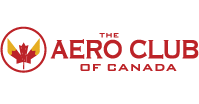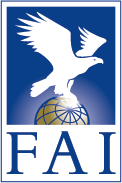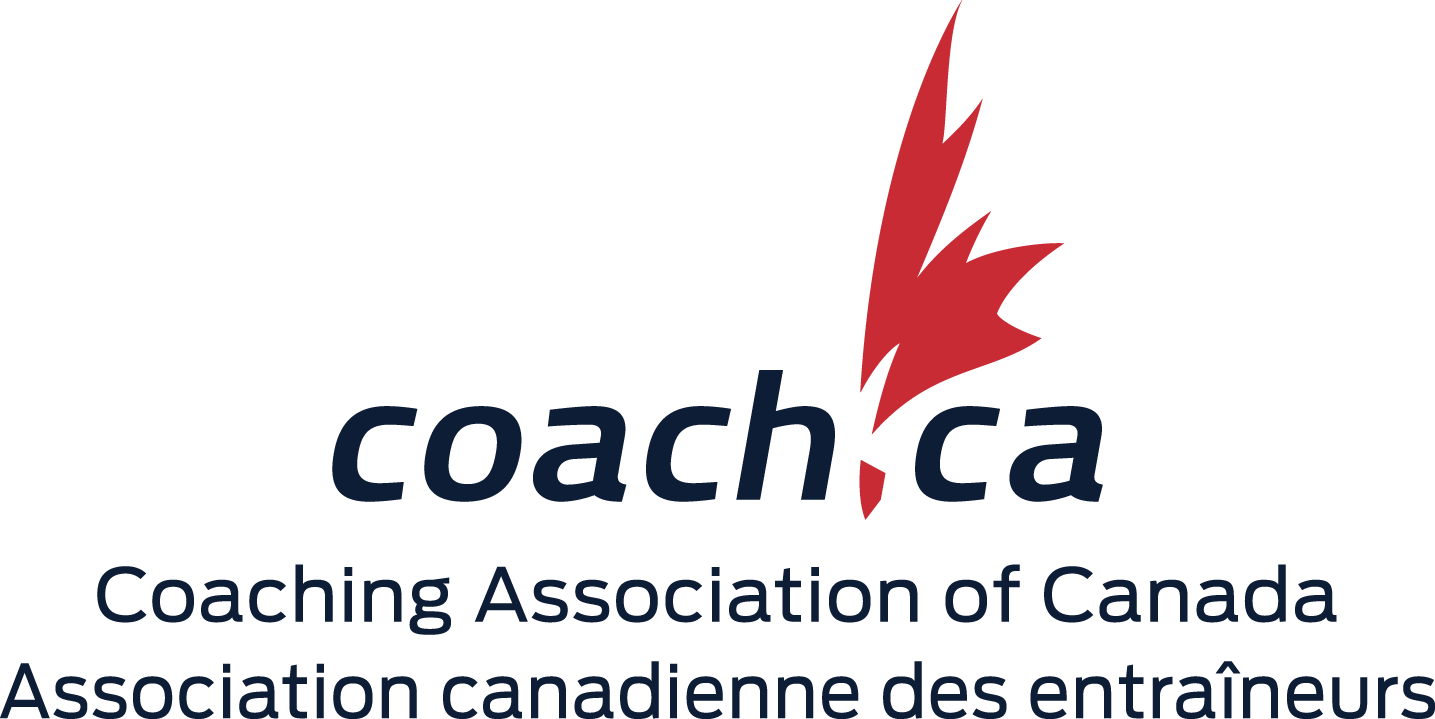Basic Safety Rules
The Basic Safety Rules (BSRs) are the rules established by the CSPA as the minimum standards for safe parachuting. These are accepted by each Registered Participant and Member as part of the affiliation and membership agreements. The first group of BSRs applies to all sport parachuting activities by CSPA Registered Participants. The second group of rules applies to parachute activities of students and those instructors providing training to students.
BASIC SAFETY RULES — General
2.1 No parachutist shall engage in parachuting activities or use parachuting equipment unless trained and endorsed.
2.2 The reserve parachute to be used or worn by any CSPA parachutist making a jump in Canada must have been packed, or had the packing thereof supervised, by a current CSPA Type Rated or FAA certified rigger within the previous 180 days. In the case of a parachutist who is not affiliated with CSPA, the reserve parachute may also have been packed in accordance with the regulations of his/her country of residence but, in this case, must also have been packed within the previous 180 days.
In the event that an Automatic Activation Device is installed in the harness/container system, this device shall be serviced and maintained in accordance with the manufacturer’s instructions and service directives. Any such AAD installation must not negatively affect nor constrain the function of the reserve parachute system.
2.3 When the intended point of landing is within 1 km horizontally of open water, all parachutists shall wear a floatation device capable of supporting themselves and their equipment.
2.4 Parachutists shall not jump unless wearing shock absorbing protective headwear throughout the freefall and parachute descent.
Note: At the discretion of DZ Operators, ‘D’ CoP holders may choose not to wear protective headwear, except while in the role of Coach or Instructor (3.8) or while competing in Canopy Piloting.
2.5 The minimum altitudes (AGL) at which the main parachute must be activated are:
- • 4500’ for all Tandem jumps
- • 3000’ for all students, Solo & A CoP holders
- • 2500’ for B, C, and D CoP holders
2.6 No jumper shall make, or attempt to make, a parachute descent while under the influence of a drug, alcoholic beverage or other type of intoxicant.
Note: Over the counter substances or prescription drugs that may alter or impair mental, physical, or motor function are also included in this group. If in doubt, check with your doctor.
2.7 All sport parachute descents shall be conducted in accordance with the Canadian Aviation Regulations (CARs) pertaining to parachute descents and aircraft usage thereof; TC/ NAVCAN issued certificates and/or authorizations.
BASIC SAFETY RULES — Students and Instructors
2.8 Student parachutists must be trained and accompanied throughout all phases of their skydive by a CSPA Instructor until such time as the student has acquired a Solo Certificate. This includes, preparation, in-flight, freefall, canopy, and debrief.
2.9 All students and Solo Certificate holders shall use container systems equipped with functional reserve-mounted Automatic Activation Devices until such time that they have acquired an A CoP.
2.10 All students shall use container systems fitted with a reserve static line (RSL) to back up the activation of the reserve following release from the main canopy. The reserve static line should be installed regardless of whether the container systems release/reserve activation system is a Single Operation System (S.O.S.), or Two Action System (T.A.S.).
2.11 The student’s main parachute must be activated at a minimum altitude of 3000 feet AGL.
2.12 On jumps where the opening delay exceeds ten (10) seconds, all students shall wear at least one reliable, functioning and visually accessible altimeter capable of accurately indicating the altitude above the ground.
2.13 Every student shall receive a safety check by an Instructor or Coach prior to boarding the aircraft.
2.14 All Students must be dispatched on parachute systems equipped with ‘Ram-air’ main canopies.
2.15 All student parachutists (except Tandem) shall wear a rigid type helmet during all phases of the parachute jump.
2.16 Tandem jumps shall only be performed by those meeting the prerequisites and requirements of the CSPA (as per the manufacturers). Tandem Pilots must have also successfully completed a training and certification course qualifying them as a representative of the manufacturer for the type of equipment being used and all tandem jumps shall be performed according to manufacturer’s requirements/recommendations.
All Tandem systems shall be equipped with a functional reserve-mounted Automatic Activation Device, as per manufacturer's requirements.




